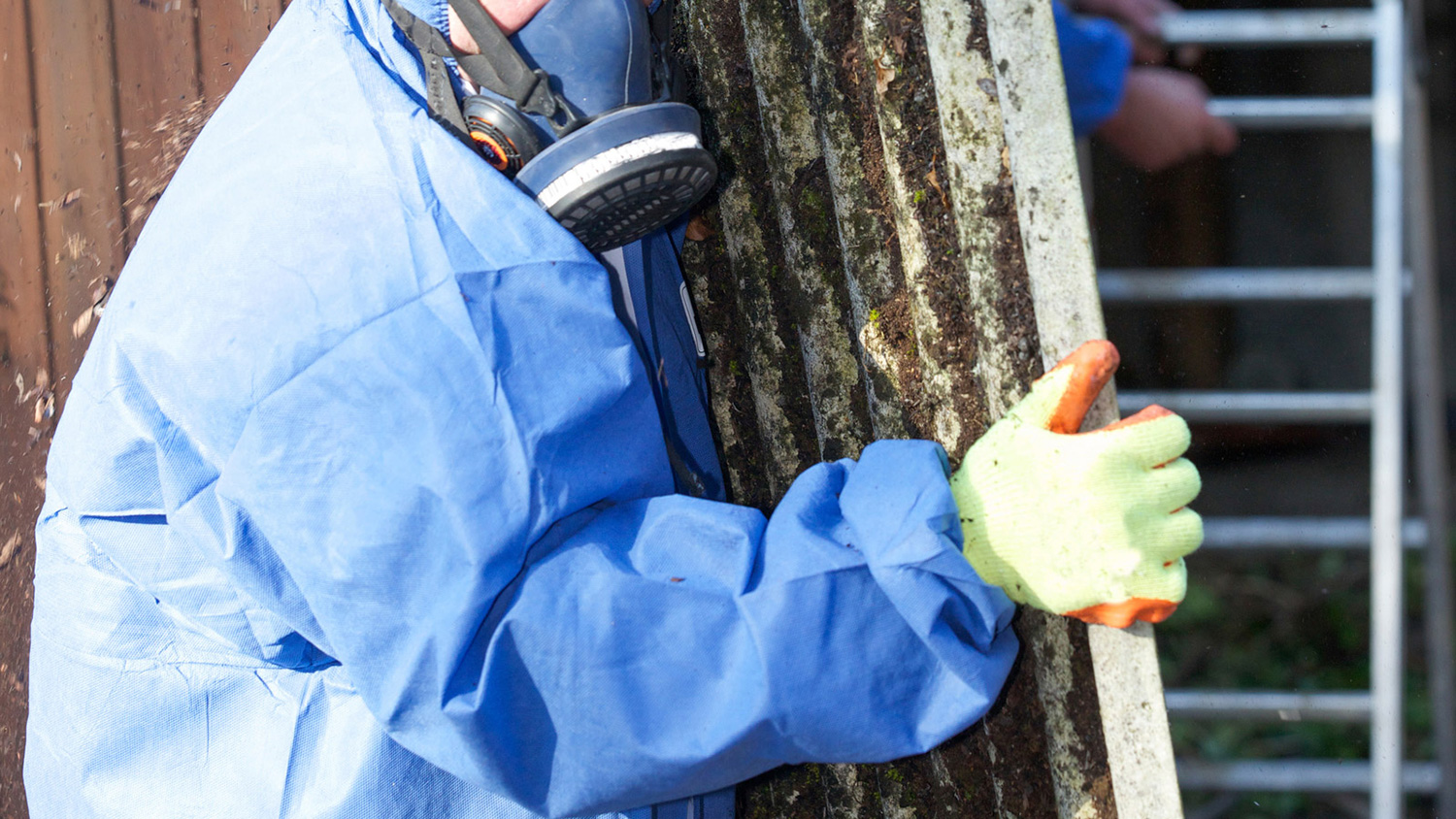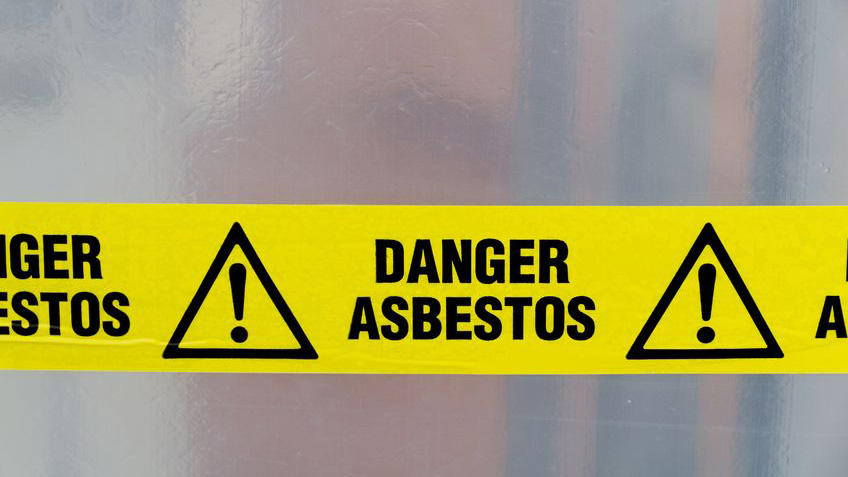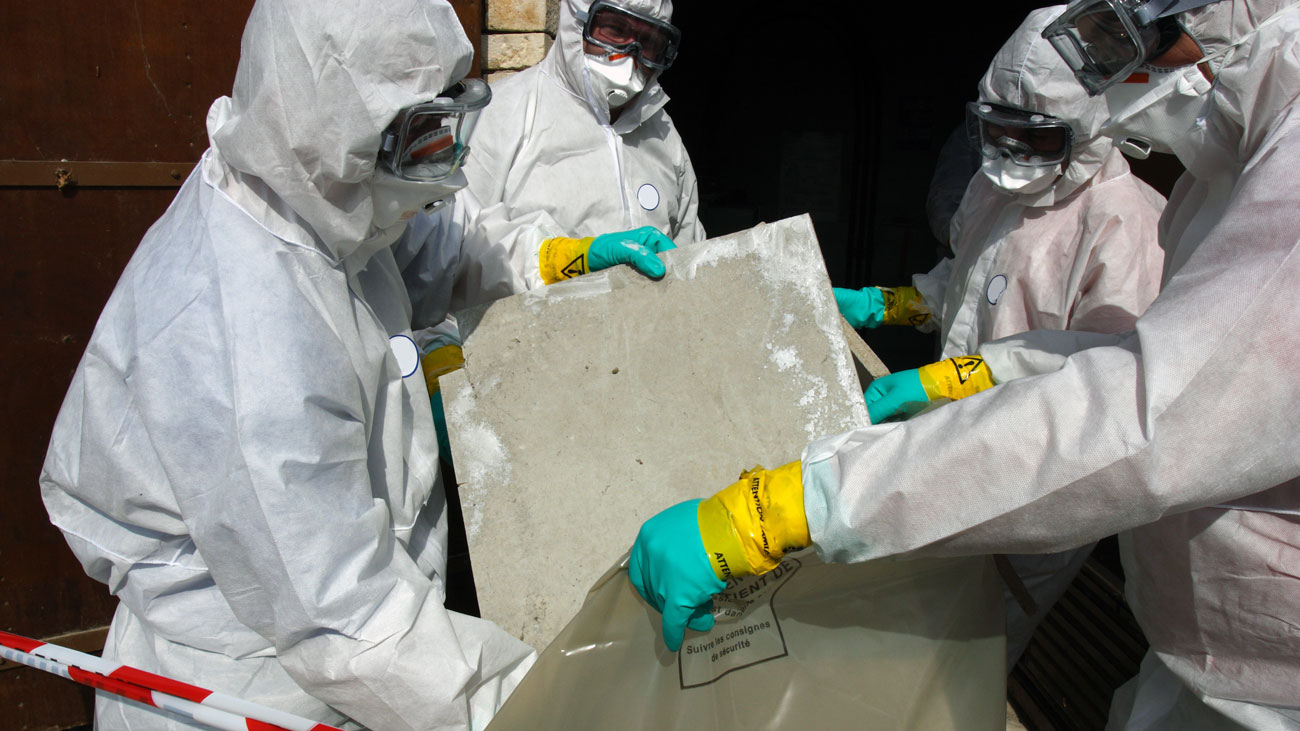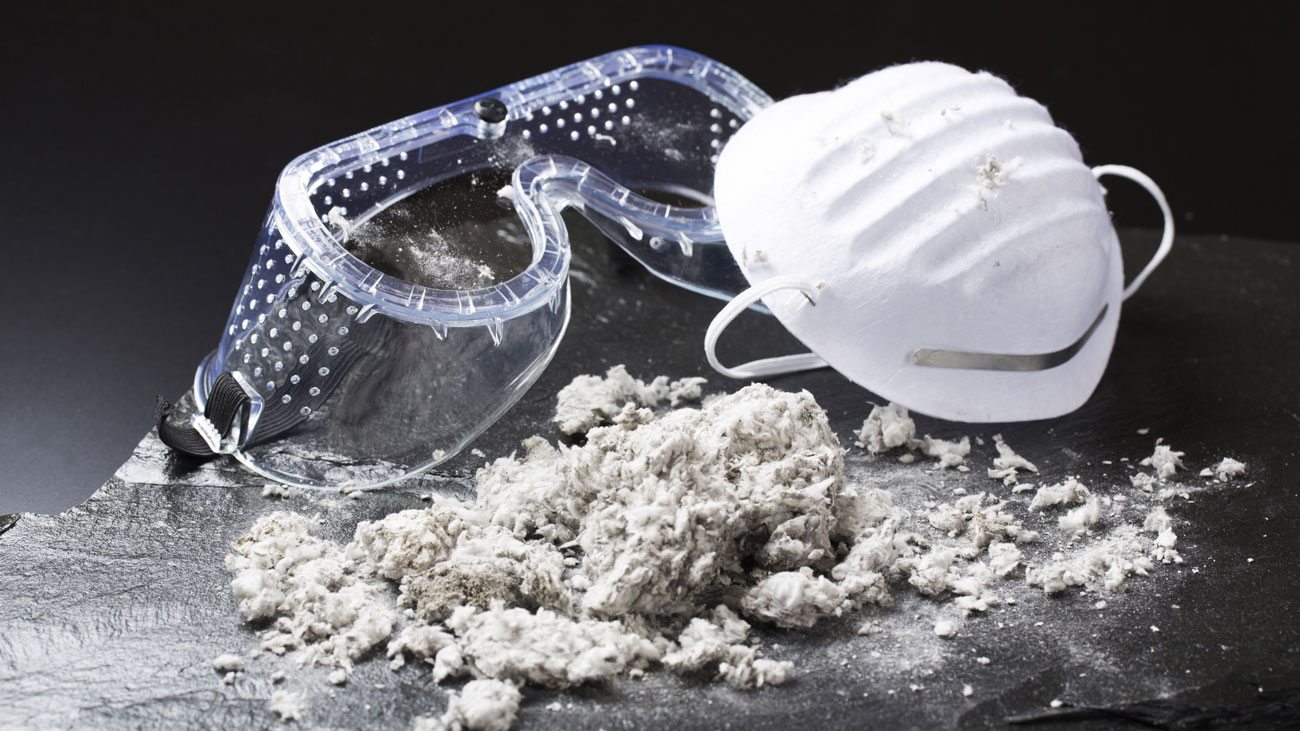
Money-saving asbestos removal lands director in jail
A director who chose to save a considerable sum of money by avoiding properly planned, safe asbestos removal by a licenced asbestos removal contractor has been jailed for eight months for failure to protect workers from exposure to asbestos at a student development project in Winchester.
Stephen Davies had set up Cavendish Winchester Ltd with the sole purpose of refurbishing the Winnall Close commercial unit into student rental accommodation.
An investigation by the Health and Safety Executive (HSE) revealed the company removed an estimated ten tonnes of asbestos insulating board (AIB) during the refurbishment in late 2019 and early 2020. The dangerous materials were stripped out by workers unqualified to do the job and unaware of the risks to their health.
The investigation arose when the HSE received a concern that large quantities of AIB had been illegally removed. The work was all carried out under the direction of Stephen Davies.
The court was told both directors were aware of the considerable extent and quantity of the materials containing asbestos within the building, as they had previously sought legitimate quotes for its competent removal.
They knowingly exposed workers to significant risk to their health. In addition, the investigation was unable to determine where a very sizeable quantity of asbestos-contaminated debris ended up, such that others in the waste removal chain were likely to have been put at risk too.
All three defendants pleaded guilty to charges relating to a lack of adequate management of the removal of asbestos-containing materials.
Both Stephen Davies and Neil Bolton pleaded guilty to Section 37 of the Health and Safety at Work etc Act 1974, by causing their company, The Cavendish Winchester Ltd, to breach Section 4(1) of the Act:
- Davies was given an immediate custodial sentence of eight months in prison.
- Bolton was given a custodial sentence of four months, suspended for 12 months, with 250 hours of unpaid work and ordered to pay costs of over £5,123.
- The Cavendish Winchester Ltd was fined £30,000.00.
Says Claire Deacon, director of health and safety services at International Workplace:
"We have a saying in Afrikaans that "goedkoop is duurkoop", which translates as ‘buying cheaply is expensive’. What a sad situation this is for both parties. It does not appear that the contractor was taken to task at all. Their employees are now going to live in fear for the remainder of their lives, wondering if they will contract an asbestos related disease (ARD). ARDs take up to 40 years to develop, and there is no real treatment to cure the various diseases that could manifest. The results have devastating effects on families and communities. Those who have such diseases cannot participate in family outings and outdoor activities. They cannot breathe. They cannot climb stairs. They cannot look after themselves. No amount of jail time or fines will ever compensate for the stress and difficulties the actions of both parties have resulted in."
The duty to manage asbestos is directed at those who manage non-domestic premises – the people with responsibility for others who work in or use such premises – to protect them from the risks to ill health that exposure to asbestos causes.
The duty to manage asbestos is contained in Regulation 4 of the Control of Asbestos Regulations 2012 and requires the person who has the duty (i.e. the ‘duty-holder’) to:
- Take reasonable steps to find out if there are asbestos-containing materials (ACM) in non-domestic premises, and if so, its amount, where it is and what condition it is in.
- Presume materials contain asbestos unless there is strong evidence that they do not.
- Make, and keep up to date, a record of the location and condition of the ACM – or materials presumed to contain asbestos.
- Assess the risk of anyone being exposed to fibres from the materials identified.
- Prepare a plan that sets out in detail how the risks from these materials will be managed.
- Take the necessary steps to put the plan into action.
- Periodically review and monitor the plan and the arrangements to act on it so that the plan remains relevant and up to date.
- Provide information on the location and condition of the materials to anyone who is liable to work on or disturb them.
Says Jamie Robinson, health and safety trainer at International Workplace:
"Greater competition in the construction industry for a contract means that a small firms getting work are likely to have smaller profit margins. When budgets are being slashed and time pressures are on, it’s often too easy for company directors and managers to cut corners and/or overlook safe working practices. In this case, it seemed like a cheaper and easier option for both directors was to gamble with the health and wellbeing of their workers from an obvious and foreseeable risk of harm to asbestos fibres instead of doing the job the right way. Cutting back on safety expenses has now cost this new company dear and so it should. The temptation to put profit before safety and shave off every penny by putting your people at risk should never be considered a justifiable reason necessary to get the job done. The court costs, fine and legal fees borne from this case are going to be crippling, then there’s the reputational damage resulting in lost contracts and loss of earnings, which could result in job losses. Why? Because cutting back on safety and gambling on people’s safety is seen as being worth the risk."
Speaking after the hearing, HSE principal inspector Steve Hull said:
“We brought this case because, despite the directors of this company being put on notice of the risks involved, they put profit before the health of those they employed. The dangers to health associated with exposure to asbestos fibres are well known and a wealth of advice and guidance is freely available from the HSE and other organisations. Structural refurbishment which either exposes or is liable to expose people to asbestos fibres should only be carried out by competent persons working to a strict plan of work to ensure safety. Higher-risk asbestos removal, such as the removal of AIB, can only legally be carried out by licenced asbestos removal contractors who have the knowledge and equipment to prevent the spread of fibres and properly protect the workers undertaking the removal work. This work involved the removal of an estimated ten tonnes of AIB.
“The defendants then tried to cover their tracks by legitimising the removal of a small amount of residual asbestos-containing materials, after illegally stripping out the majority, by obtaining a new quote for legal removal of that very small remaining portion. This deliberate attempt to save money, when they knew full well that the workers would have to live with the possibility of developing serious asbestos-related disease in the future, makes the case particularly serious.”
Asbestos remains the largest single cause of work-related fatalities. In fact, studies show that we should expect to continue seeing a rise in cases of asbestos-related diseases in the coming years. International Workplace’s guide for managers on the duty to manage asbestos, takes a look at some of the complexities of managing asbestos in the workplace.
As long as asbestos is in good condition and is not disturbed or damaged there is negligible risk. However, if it is disturbed or damaged, it can become a danger to health, because asbestos fibres are released into the air and people may breathe them in. Therefore, anyone liable to disturb the fabric of a building or anyone supervising those people, must have awareness training.
International Workplace’s asbestos awareness training course has been designed to help you understand how to manage asbestos in the workplace and recognise the risks. Find out more here.




